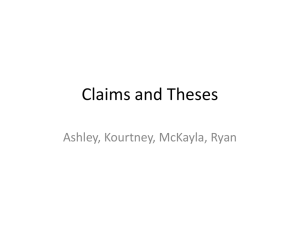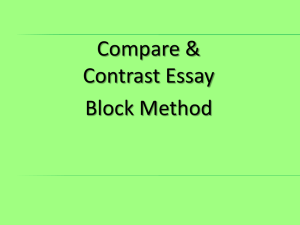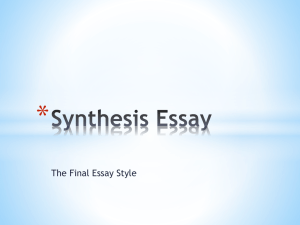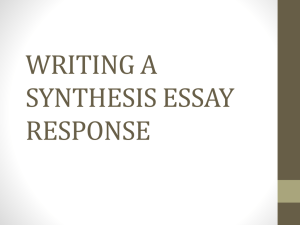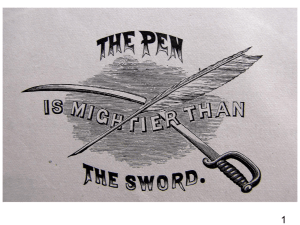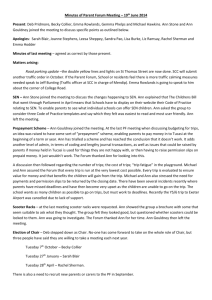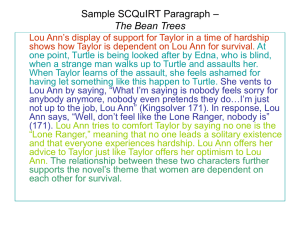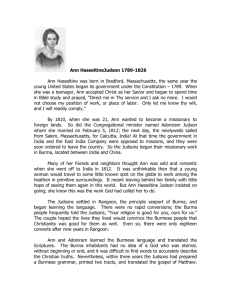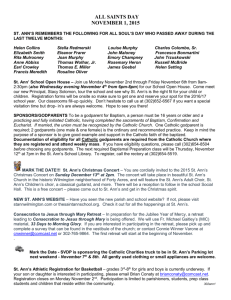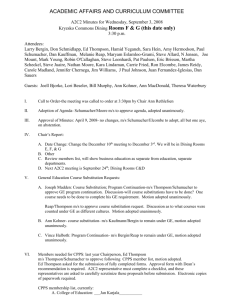painted_door
advertisement
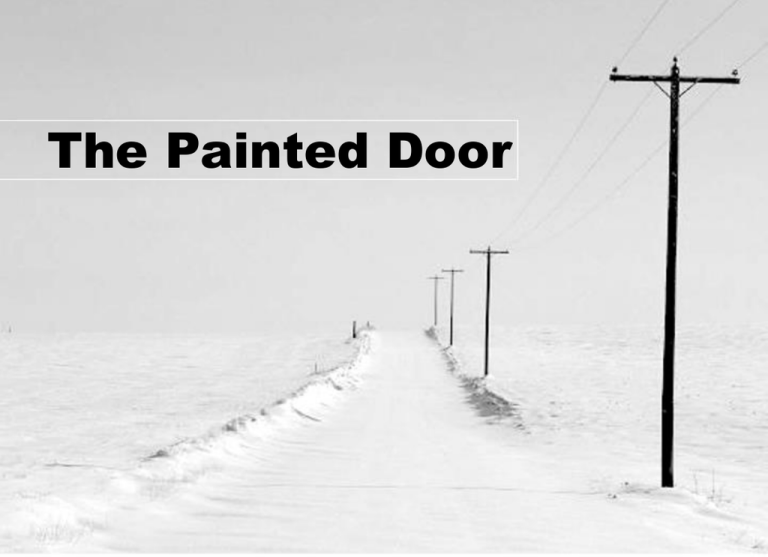
The Painted Door responding personally 1. Throughout the story, right up to the nextto-last paragraph, Ann repeats, "If you knew him, though - John would try," Does she know him? Then, if so, was her act with Steven committed on purpose, as a clear statement of defiance after seven years of "ever-lurking silence"? Respond to your instincts: what do they tell you? 2. "John is a victim - not of the snow, but of his wife's betrayal." Support or refute the statement. responding critically / analytically 3. The story is told from a third-person omniscient point of view, Initially, there is a shared omniscience wherein both John's and Ann's perspectives are given. Once John leaves, Ann continues through the end of the story. Steven is never permitted a "voice," Why does the writer do this? Why does the writer shift from a fully omniscient narration at the beginning to a limited omniscience at the end? How does the writer's choice serve the story best? 4. Examine the extensive use of foreshadowing in the story. Identify some of the signs of the inevitability of the tragic resolution to the story. critical / analytical response continued 5. Explore the imagery of nature in the story. • a) The imagery of the winter landscape is vast, harsh, bleak, and lonely. In what way does the natural landscape serve as a metaphor for Ann's emotional "landscape"? Identify some examples of the metaphor one description that represents both the outer and inner landscapes simultaneously. • b) In what way is the storm in nature a metaphor of the inner storm that Ann is living? Identify some examples of the metaphor of both storms striking simultaneously. responding creatively 6. "She would try to make amends." Had John not returned that night as he did, and the story were to continue, would Ann have made amends? Or might she have continued to some extent with Steven? 7. Was John's death accidental or intentional? What might be the "right" way for an adult to respond to a partner's infidelity? a skeleton essay • Write a skeleton essay which will answer the question "In his short story, "The Painted Door", what idea does Sinclair Ross develop about the significance of an individual's attempt to live unconstrained by convention or circumstance?” Write this skeleton essay in the document provided. • Formulate a thesis statement that will answer the question. • As you work through the skeleton essay, your statements, topic sentences, and explanations must be complete sentences, but the evidence may be provided in point form. • “principle of thirds” principle of thirds - NEXT • • • • • • • New Idea - provide a statement of theme (thesis) for the paragraph Evidence - provide evidence in the form of a strong quotation or paraphrase from the story to support your statement eXplanation - explain how the detail you have chosen proves your thesis to be true Evidence - provide evidence in the form of a strong quotation or paraphrase from the story to support your statement eXplanation - explain how the detail you have chosen proves your thesis to be true Evidence - provide evidence in the form of a strong quotation or paraphrase from the story to support your statement eXplanation - explain how the detail you have chosen proves your thesis to be true • Transition - provide a transition from this paragraph to the next • Your paragraphs will follow the "principle of thirds" - you create a statement, and then provide three pieces of evidence to support it, evidence for which you provide explanations. "In his short story, "The Painted Door", what idea does Sinclair Ross develop regarding regarding the significance of an individual's attempt to live unconstrained by convention or circumstance?"

